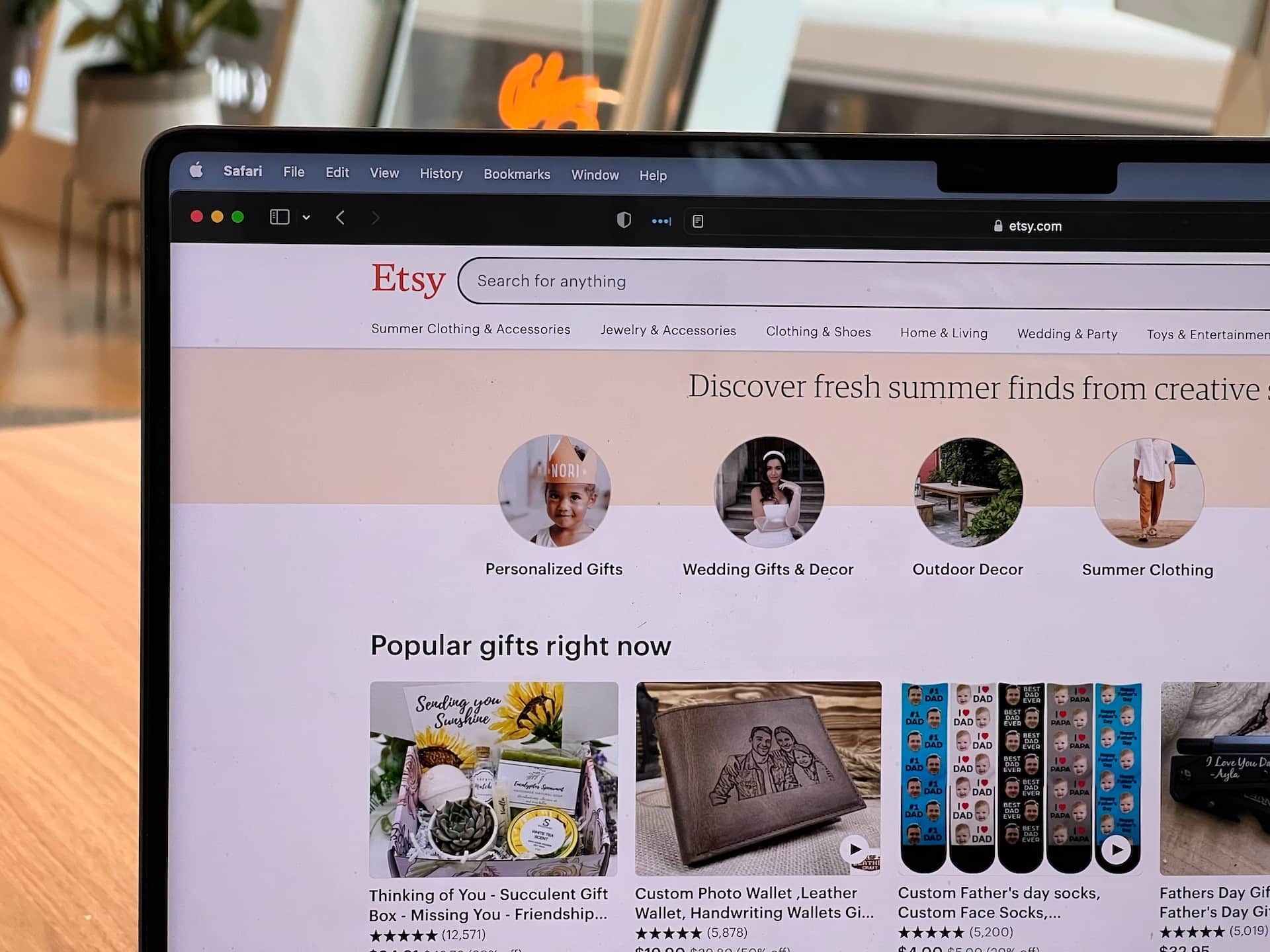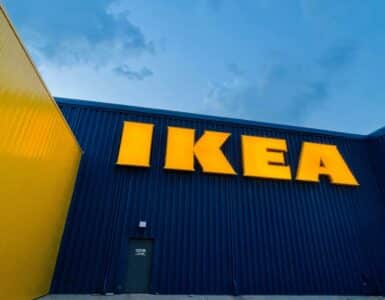The global fast fashion sector is estimated to reach a valuation of $185 billion by 2027 and is being dominated by brands like Zara. But why has Zara become a household name, and how does this brand make money? Let’s dive deep into Zara’s business model.
What is Zara?
Founded in 1975 by Amancio Ortega and Rosalía Mera, Zara is a fast fashion brand owned by Inditex, a Spanish clothing company. This brand has become a household name because it has a finger on the fashion pulse and can strike while the iron is still hot with its cubic design, production, and distribution procedure.
Simply put, Zara monitors the fashion scene and quickly produces low-quality imitations of clothing that resonate with the general public.
Zara Customer Segmentation
Zara primarily caters to just one customer segment:
- Trend-conscious customers: Zara draws in men, women, and children from all walks of life who appreciate the cheap imitations of the original fashion statements. Its budget-friendly and trendy designs are its USP.
Zara is a multinational brand trusted by millions of individual buyers, but why do they trust Zara?
Zara’s Value Propositions
Zara’s unique value propositions include the following:
1. Quick design, production, and manufacturing process.
Unlike other brands, which maintain an inventory of clothes depending on the season, Zara designs, produces, and manufactures garments in real time based on current fashion trends. As a result, the company can respond to changes and offer trendy clothing items while their demand is still high.
This allows it to stay relevant throughout the year and face less issues with offloading its stock.
2. An eye on the ground situation
Zara’s quick operations also enable it to consider the ground situation for a particular location before it begins production in earnest. For instance, if London experiences an unseasonably warm autumn, the brand can hold off on producing jackets and coats just yet and manufacture weather-appropriate clothes instead.
Who are the Key Partners of Zara?
Zara’s partners have helped the company become a household name and gain customers from every corner of the world. Its key partners include:
- Manufacturers: Zara’s entire business model hinges on its manufacturers’ ability to keep up with the rapid changes in the fashion industry and pivot their focus accordingly which helps in attracting shoppers and gain goodwill in the market.
- Consumers: The company attracts customers worldwide and generates billions as a result. They’re the lifeblood of the organization and keep the company going.
- Suppliers: Partnerships with reliable suppliers help the brand source raw materials quickly and put them into production.
- Logistic partners: They’re responsible for distributing the manufactured garments in a timely fashion.
What are Zara’s Key Resources?
Zara’s key resources include:
- Zara’s biggest resource is its physical presence in multiple countries around the world, with 1885 and 427 company-managed and franchised Zara and Zara Home stores, respectively.
- Zara’s user-friendly website and app are another key resource.
- Profitable partnerships with sellers and wide distribution networks.
- Zara’s ecosystem of loyal employees and other human resources.
- A dedicated RFID (radio frequency identification) system to predict consumer buying patterns and monitor habits.
- Excellent brand image in the fast fashion market segment.
- Off-shore production and cheap labor expenses.
- Miniscule marketing and advertising costs.
- Increased focus on sustainability, with the company using renewable energy to power its stores, central services, and logistics platforms). Moreover, the pre-owned donation initiative allows customers to sell, donate, or recycle their previously owned garments.
What are Zara’s Channels?
Shoppers can buy clothes by visiting one of Zara’s several stores or ordering their favorites from Zara’s website. Moreover, Android and iOS customers can download the Zara app from Google Play and the App Store to fulfill their shopping needs.
Additionally, the company is active on multiple social channels—TikTok, Facebook, Pinterest, X (formerly Twitter ), Instagram, and YouTube—and leverages these platforms to showcase the latest designs and connect with buyers globally. The brand also has a few dedicated playlists on Spotify to diversify its reach.
How does Zara Maintain Customer Relationships?
Zara shoppers can access self-service tools and visit the Zara Help page for queries related to their account, items and sizes, payments and invoices, purchases, exchanges, returns and refunds, gift options, and Zara-specific experiences.
However, if the support pages don’t sufficiently solve the queries, customers can chat with the support team throughout the week from 8:30 AM to 12 midnight (EST). They can even call 1-855 635 9272 from Monday to Friday: 8:30 AM and 7:30 PM (EST) and Saturday: 10 AM to 4 PM (EST).
Additionally, consumers can log in to their Facebook, Instagram, and Twitter accounts and receive support from ZARACare, Zara Instagram, and @Zara_care pages, respectively.
What is Zara’s Cost Structure?
Zara spends a significant amount on the maintenance of its physical stores to keep them in shape. Fixed expenses like rent, utility bills, legal fees, and salaries and variable expenses like wages to subcontractors, production expenses, and distribution charges all cost the company a pretty penny.
Additionally, the upkeep of its e-commerce website and dedicated apps requires a considerable IT budget. The company also spends money to stay on top of trends and anticipate consumer demand. It also sets aside a small chunk for marketing and advertising its products.
How Does Zara Generate Revenue?
Zara’s profit before tax (PBT) from its stores and online sales for the fiscal year ended 2022 was around €4 billion (roughly $4.4 billion). Despite facing major supply chain issues, Zara—along with Zara Home—gave Inditex a return of 31% on the capital employed. But how does this international brand make money?

Zara’s revenue streams can be categorized into two sections:
1. Income from retail sales
The lion’s share of Zara’s income comes from sales in its physical stores. With over 1800 fast fashion stores and over 400 home-focused stores, the fast fashion company has its footprint all over the globe. The revenue isn’t just generated from the sale of garments. Zara also sells accessories, perfumes, makeup, and footwear.
2. Income from online sales
Zara is a hit among customers who prefer online shopping. The trendy clothes rake in a substantial amount, and the majority of orders come in from individuals dwelling in the US, the UK, and Spain.
The Bottom Line: Zara is fast fashion personified
Zara is the definition of fast fashion. But this multinational brand isn’t just a high-end imitator; It’s also a trendsetter that’s finding new and unique ways to engage and relate to its customers. Its focus on sustainability and aim to give people what they want in the nick of time will drive business growth.
References & more information
- P. Smith (September 5, 2023) Fast fashion market forecast worldwide 2022-2027. Statista
- Daniel Pereira (September 20, 2023). Zara Business Model. The Business Model Analyst
- Zara
- Inditex FY 2022
- Gennaro Cuofano (November 6, 2023). A Quick Glance At Zara Business Model. FourWeekMBA
- Regulatory Filings
- Zara About Us
- Zara Help
- Zara Business Model (2023) | How Does Zara Make Money. Boardmix
- Featured Image by Lena Myzovets
Tell us what you think? Did you find this article interesting? Share your thoughts and experiences in the comments section below.












Add comment